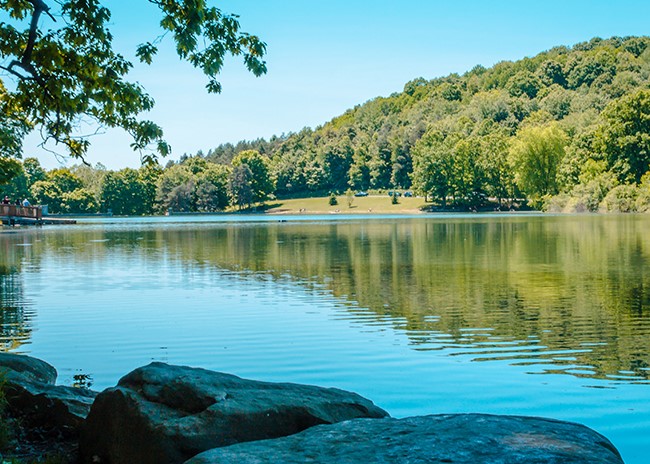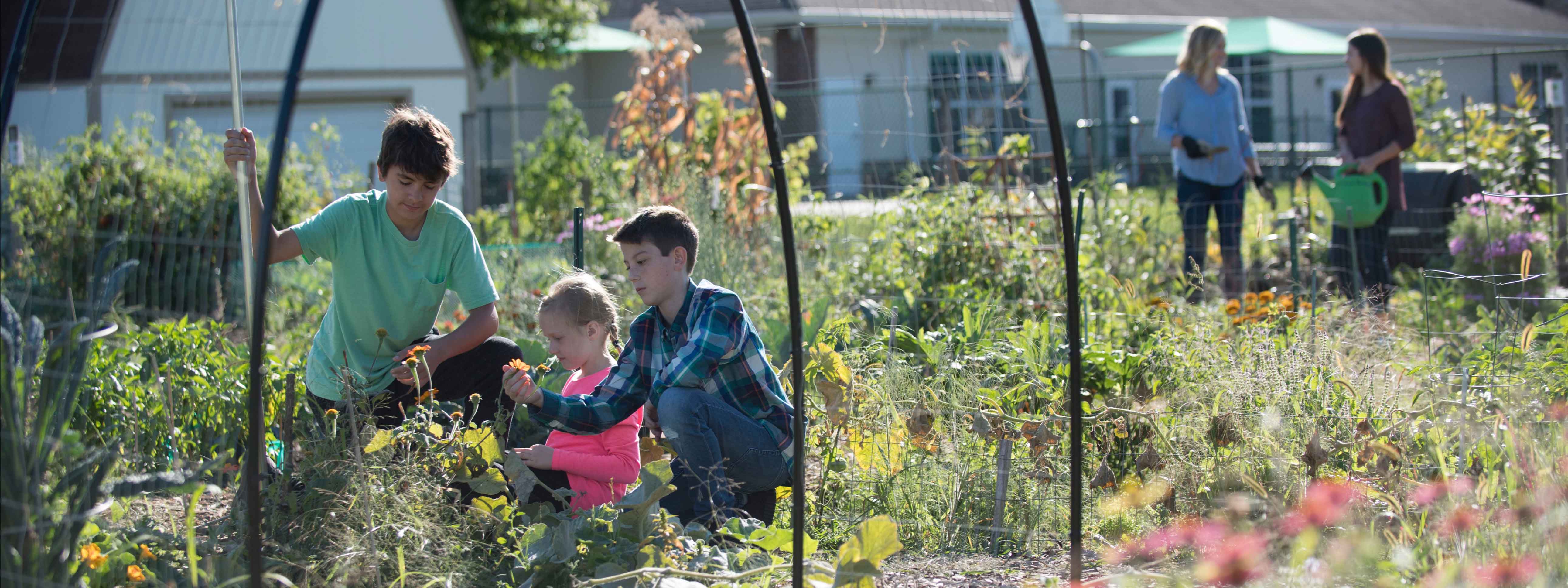You Say You Want a Revolution?

~by Michael Wilcox
Assistant Director and Program Leader for Community Development / Purdue Extension
Associate Director / North Central Regional Center for Rural Development (NCRCRD)
I must be getting old. My mind seems to receive input and then I immediately associate that input with a song which – more often than not – was released before the 1990s. Recent events have placed John Lennon’s opening guitar riff firmly in my brain.
The song, “Revolution,” was released in 1968 on the day that the Democratic National Convention in Chicago began. Sadly, both Martin Luther King Jr and Robert F.Kennedy had been assassinated earlier in the year and the United States was mired in a war overseas and facing significant civil strife at home. Eventually, the Democratic National Convention descended into violence outside of the convention center and political melees inside.
While 2021 is not 1968, we are facing a myriad of challenges and wicked problems. And, as history (and those of us with a sufficient amount of grey hair!) will remind us, we are facing some of the same challenges and wicked problems as we were back then. It should not be lost on us that the Kerner Commission Report (officially, “National Advisory Commission On Civil Disorders, Report”) was released in 1968. The report focused on the root causes of riots that had taken place in predominantly urban areas and had three ‘basic’ principles:
- To mount programs on a scale equal to the dimension of the problems:
- To aim these programs for high impact in the immediate future in order to close the gap between promise and performance;
- To undertake new initiatives and experiments that can change the system of failure and frustration that now dominates the ghetto (sic) and weakens our society.
The Kerner report zeroed in on the need to pursue high-impact strategies that would promote social justice and “make good the promises of American democracy to all citizens.”
Also in 1968, the President’s National Advisory Commission on Rural Poverty released the “Rural Poverty in the United States” report that centered on “rural people and their communities” and explored the challenges being faced in terms of:
- Occupational mobility and migration
- The developmental nature of agriculture and other natural resource industries
- Healthcare and family planning, and
- The economics of poverty.
The Rural Poverty report provided the research base that undergirded “The People Left Behind” report (1967) which offered recommendations on addressing persistent poverty in rural areas. The report directly linked rural and urban issues. And, the report stated the Commission’s belief that “The United States today has the economic and technical means to guarantee adequate food, clothing, shelter, health services, and education to every citizen of the Nation.”
And, here were are, 53 years later, facing:
- Increasing income inequality (only 26 of 92 Indiana counties are as, or more, equal than the most equal counties in the United States)
- Declining life expectancy (only 20 of 92 Indiana counties have an average life expectancy as high, or higher than the U.S. average of 78.7 for both sexes and all races).
With each of these important measures (and many others) varying significantly by race, gender, and geography (rural vs. urban), one begins to wonder what worked, what didn’t and how can we finally move the needle in a direction where we can actually make good on the “The People Left Behind” report’s central tenant of every American citizen being able to meet their most basic needs of food, clothing, shelter, healthcare, and education. As Heather McGhee discusses in new her book, “The Sum of Us,” it will take moving away from zero-sum thought processes and strategies to working together to find collaborative solutions. Replacing “vs.” with “and.”
One might consider Lennon’s response to the Kerner and Rural Poverty reports to be:
“You say you got a real solution
Well, you know
We’d all love to see the plan
You ask me for a contribution
Well, you know
We’re all doing what we can.”
In 2021, the “contribution” is coming in the form of the American Rescue Plan Act (ARPA). ARPA will result in significant investments at the state, county, and local level (for initial dollar amounts, click here and current estimates, click here). The U.S. Treasury is currently drafting the final regulations.
What about the “solution?” Good question. The National Association of Counties offers their analysis of where the ARPA money is going and what it can be spent on. The National League of Cities provided an overview from the small business perspective. Closer to home, the Indiana Association of Counties has provided some from the county-level, and Accelerate Indiana Municipalities has an entire page dedicated to ARPA resources. The Indiana Fiscal Policy Institute is hosting a webinar on May 4th to examine the ARPA and its potential for regionalism and economic recovery. A related webinar, “How Indiana Communities Can Leverage the American Rescue Plan” was hosted by the Indiana Office of Community and Rural Affairs (OCRA) in late April.
Now the tough part, what about the “plan”? This is the catch. Some of our regions and communities have robust (data-driven, evidence-based, etc.) plans that have included constructive and inclusive public input and generated genuine buy-in from stakeholders. Others are not so lucky. As discussed by Bruce Katz, et. al. (and many others), a plan is necessary. However, just having a plan is not sufficient.
You must have a well-thought-out plan that addresses short, medium, and long-term needs by implementing strategies inclusively and sustainably. This is the only way to get beyond “doing what we can” and getting to a true revolution that will help families and communities overcome the negative effects of the pandemic, bolster economic and workforce development, and enhance the quality of life for everyone.
Purdue Extension Community Development has been supporting such efforts for years. Recent examples include a multi-disciplinary approach in Connersville, IN, a parks and public spaces effort in Brown County, economic development in Perry County, rural housing in Blackford and Noble Counties, and a burgeoning effort focused on food security in Michigan City. Also, we have partnered with the Purdue Center for Regional Development (PCRD)on Indiana’s first Digital Inclusion plan in Rush County and on regional planning efforts through the Stronger Economies Together program (including five regions in Indiana) and, more recently, the Rural Economic Development Initiative (including Spencer County, Indiana, and eight other regions across the North Central and Southern states) both funded through USDA Rural Development. Purdue Extension and PCRD also partnered with OCRA on the Rural Opportunity Zone Initiative and OCRA/Ball State University partnered on the Hometown Collaboration Initiative (including nineteen communities in Indiana).
And, of course, our communities require a means of implementing this plan. This is when you really need to take stock of your community assets (human, political, financial, natural, cultural, social, and built capital) and form high-functioning partnerships.
In Malcolm Gladwell’s new book, “The Bomber Mafia,” he notes that “Revolutions are birthed in conversation, argument, validation, proximity, and the look in your listener’s eye that tells you you’re on to something.” Now is the time for communities to be having deep conversations, cultivating constructive arguments, validating approaches, and fostering inclusive networks so they are prepared for what is coming next.


